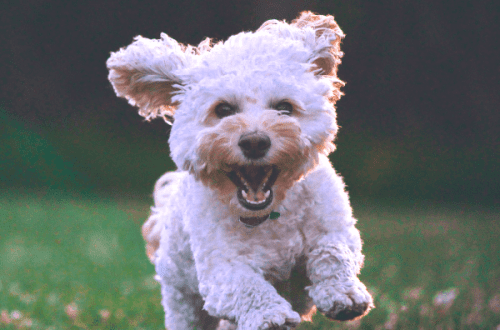
New pet tips for a warm welcome
You have taken a liking to your four-legged friend at the shelter and are ready to take him home. What should be done in this case?
When you adopt a pet from a shelter, you know almost nothing about him and his life, so it’s best to ask the shelter staff. Although it may turn out that they also do not know the history of your new friend. Different animals get to the shelter: both the homeless and those whose owners had to give them away because of the move.
The house (or street) where a dog lived before you met, shapes its temperament and relationships with people, so before you bring a fluffy baby home, it is very important to learn as much as possible about his past. Your new friend may be shy or intimidated by all the hype. Here are some tips on how to prepare your home and family members for an event like a new friend; they will also help the dog itself to easily survive the move.
Before you bring a new friend home
What does it take to get a dog? First of all, you need to prepare the house and buy the things necessary for the pet. Think about everything from what food bowls and fresh water to buy for your pet to what kind of fence to install on the site if you live outside the city and what toys you will need. (Soft plush? Rubber chewy? So many options!)
Here’s what you should definitely have for the appearance of a dog in the house (the list can be supplemented): bowls, a collar with a dog tag, a leash, everything for grooming, a scoop, bags and a soft, comfortable bed.
Do you take home a dog? Put a fence for children on the way to rooms where the pet is not allowed.
When it comes to nutrition, choose a pet food according to age, health, and individual needs. Don’t be discouraged if your pet doesn’t like the food at first. Teaching a dog to a new diet is a process of trial and error. This may take several days.
Are you adopting a dog and is this your first pet? Find a good veterinarian in your area and take your dog to him right away for a checkup. If you already have a veterinarian who consults with you about your pets, contact him before you bring a new friend home and ask for advice on how to give your dog a warm welcome.
If multiple people and/or children will be taking care of the new pet, spread out the responsibilities ahead of time: you don’t want the dog to be fed or to miss a much-needed walk because someone isn’t on schedule.
Home

Both the puppy and the adult dog will need time to get used to the new home. Ideally, you should spend as much time as possible at home with your child. The adjustment period will go better if you have the opportunity to be with the dog from the very beginning for a week or two.
Depending on the temperament, the dog will either quickly become attached to you and feel comfortable, or at first be reluctant to make contact and be withdrawn. If the dog is afraid and shy, you can help him get used to the new territory. You need to act slowly. Let him explore the new home the way he wants to, give him plenty of time to sniff and search. If you have small children at home, always supervise them when they are with your dog. The pet should not be persistently stroked and squeezed: such behavior plus unfamiliar surroundings can make him anxious, and the addiction period will last longer.
Toilet train your dog first. Even if everything was fine with your new friend at the shelter, embarrassment can happen in an unfamiliar environment. Start right away and be consistent. Petcha, a pet grooming website, emphasizes: “Remember the golden rule: you need to correct the dog on the spot.” In other words, if you scold your pet after he has done something wrong, there will be little sense. However, rewarding good behavior is always more effective than scolding bad behavior. If you praise or treat your dog when he goes to the toilet outside, he will be more willing to do so in the future.
In addition to learning the rules of the house, you probably want to train your pet. Puppy training should begin at 7-8 weeks of age, but older dogs can and should be trained as well. Training is not only a sure way to teach your pet different tricks, but also a great opportunity to get close to him. Dogs love to please their pack leader and want to learn. Once your four-legged friend has mastered the basic commands “sit”, “stand” and “down”, you can try more advanced commands such as “give paw”, “roll over” and “fetch”. A dog’s trainability is directly related to your ability to handle it and be patient when it tries to understand what is required of it.
Night is a new experience for dogs in the house, especially puppies. At first, the puppy may whine and you will feel sorry for him, but it is better to let him understand the basic rules from the very beginning. He must know that at night he can sleep in his cage or on a couch and by morning you will not disappear anywhere. This works with most rules of conduct: if you allow your pet something just because he is new to your home, it will be more difficult for him to understand the rules. So, if you don’t want him to climb on furniture, don’t let him do it, even when you are sitting or lying down, otherwise your dog will get too bold.
And the last thing: at first, try to make the atmosphere at home calm and quiet, without loud sounds and hyperactivity. Otherwise, your dog may become nervous and withdrawn. Maintain peace and quiet, let your pet discover a new home for himself, and when he begins to gradually get used to the new environment, you can return to the usual rhythm of life.
The most important thing when dealing with a new pet is patience and care. Thanks to them, the dog will become your true friend for life!





